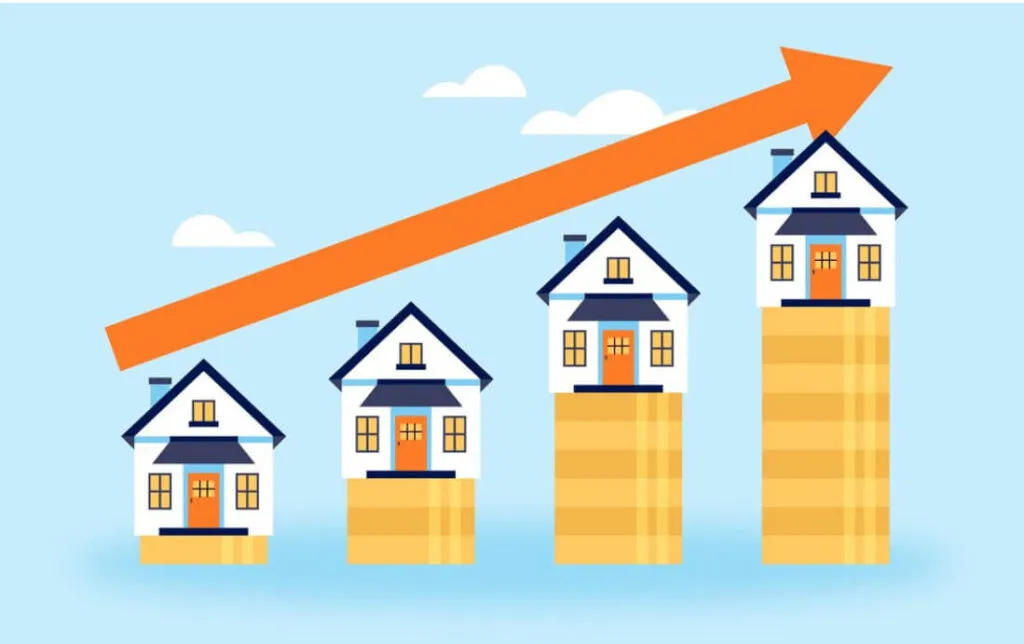Singapore ranks consistently among the most expensive cities for housing. Property prices dominate headlines and influence financial planning for millions.
Many are left asking why homes keep getting more expensive, and how much higher they can go.
Rising prices reflect more than just housing demand. They tie into economic strength, limited land supply, and demographic shifts.
But affordability challenges and policy tensions grow just as quickly.
Rising prices point to strong demand and market confidence, yet they also create problems for average residents and raise questions for global investors.
The Myth of Ever-Rising Property Prices
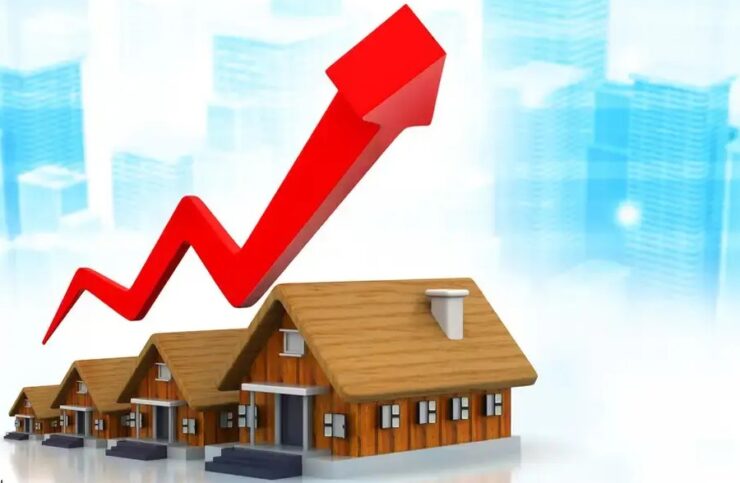
Believing property prices can only move upward is risky. Professor Sing Tien Foo, a respected voice at NUS, warns against taking past trends for granted. He acknowledges current demand strength but flags potential for long-term fluctuation.
Singapore’s market may appear resilient, but it’s far from invincible. Future changes in population size, household composition, and economic conditions could shift housing dynamics.
An aging population and rise in single-person households reduce traditional multi-generational housing demand.
Shorter family units and later marriages reshape who buys and when. These shifts might slow demand over time, especially if incomes don’t grow at the same pace.
Housing markets need to evolve, not rest on old patterns. Blind faith in price momentum ignores the very real pressures building beneath the surface.
Structural Factors Fueling High Property Prices
Several foundational forces shape Singapore’s soaring property prices, far beyond just demand spikes or speculation.
Structural constraints embedded in the country’s geography, population dynamics, and economic model create a persistent environment of scarcity and competition.
With limited land, high urban density, and strong household purchasing power, prices continue to escalate even under policy intervention.
Land Scarcity
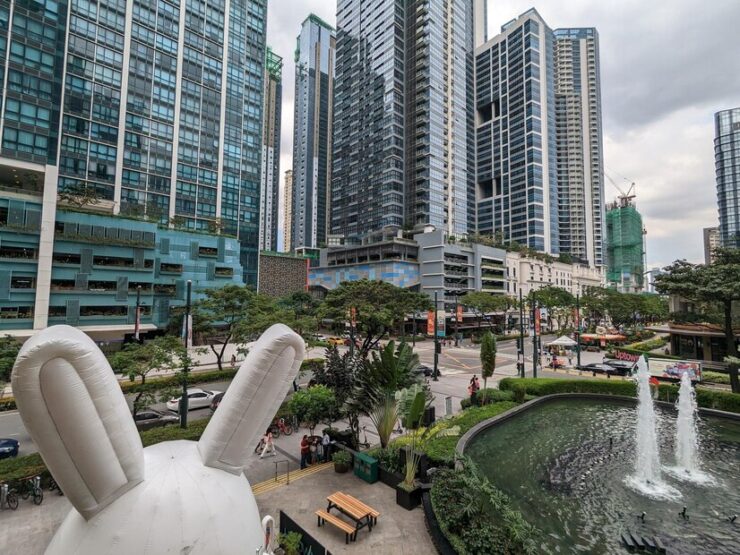
Singapore’s compact geography creates an inherent ceiling on land supply. High demand and limited space push prices upward, leaving little margin for error.
Land reclamation expands physical territory, but doesn’t remove scarcity. Even reclaimed land comes with high costs and long timelines.
High Population Density
A densely packed population fuels competition. With limited land and many people vying for housing, competition intensifies.
Singapore’s status as a global financial center attracts multinationals and international talent, further tightening housing availability.
Every new entrant competes with locals, pushing prices higher in both public and private markets.
Economic Prosperity and Financial Strength
High median incomes, coupled with dual-income households, support stronger buying power.
Central Provident Fund (CPF) policies allow citizens to allocate funds toward housing, increasing access—but also inflating demand.
As more buyers tap CPF reserves, competition heats up across property classes, from new flats to resale condominiums.
Demand-Side Pressures
Demand pressures on Singapore’s property market stretch far past population growth or income levels.
Structural limitations combine with evolving societal preferences and international interest to create intense competition.
As local households change in size and formation, and foreign investors seek stable, high-return markets, the demand for housing escalates on multiple fronts.
Each layer, be it overseas capital, shifting demographics, or frustrated homebuyers navigating public housing delays, adds fuel to already rising prices.
Foreign Investment & UHNWIs
Singapore’s reputation for stability continues to attract ultra-high-net-worth individuals (UHNWIs), particularly from regions like China.
Despite higher stamp duties, foreign capital flows into the property market remain robust.
Free trade agreements (FTAs) allow certain nationals, including Americans, to purchase property under local tax conditions, providing them with a comparative advantage.
Developments such as Grand Zyon, located along Zion Road, exemplify the type of luxury residences that appeal to these investors. Its prime location near the Singapore River and proximity to amenities like Great World City make it a desirable asset for wealth preservation and capital appreciation.
Changing Household Composition
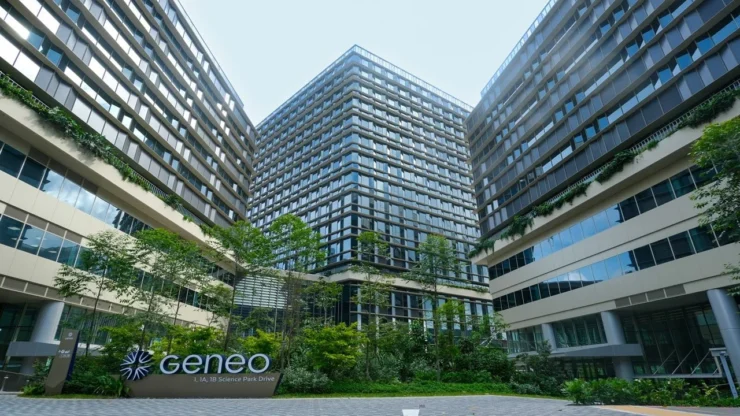
The shift toward smaller households, including singles and younger couples, increases the demand for housing units.
Developments like Lyndenwoods, situated at 71 Science Park Drive, cater to this demographic by offering a blend of modern amenities and sustainable living.
Its location within Singapore’s innovation corridor appeals to professionals seeking convenience and a live-work-play environment
Long BTO Waiting Times
Lengthy wait times for Build-to-Order (BTO) flats send prospective homeowners into resale or private markets.
COVID-era delays still affect supply chains, and with construction timelines extended, demand shifts toward faster options.
Couples not willing to wait several years often turn to the open market, absorbing available inventory and driving prices higher.
Supply Constraints and Rising Costs
Construction costs have soared in recent years. Post-pandemic challenges include labor shortages, shipping disruptions, and higher raw material prices.
Developers face increased expenses, and those costs are passed on to buyers. Fewer workers and longer timelines mean fewer new units hitting the market, adding strain.
Government policies aim to cool speculation without triggering a crash. Measures such as increased Additional Buyer’s Stamp Duty (ABSD), tighter loan-to-value limits, and more cautious lending criteria attempt to balance the market.
These cooling efforts slow rapid price inflation, but can’t fully offset structural supply limitations.
Is Singapore Real Estate Overvalued?
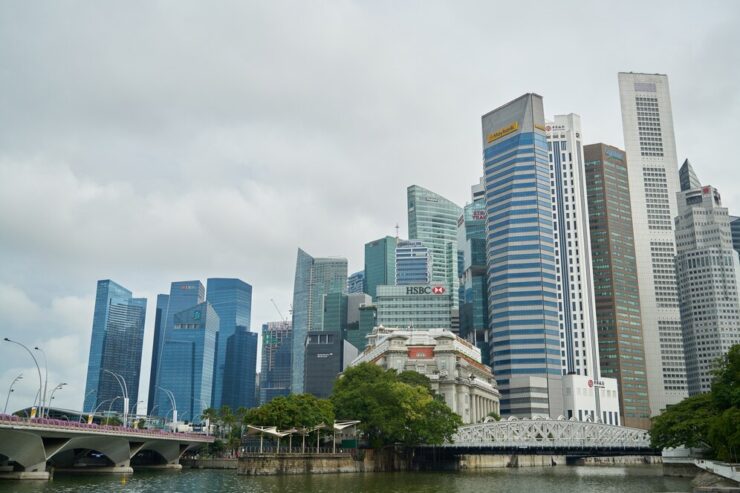
Some argue Singapore’s market still offers relative value. InvestAsian compares it favorably with global hubs like Zurich and Hong Kong, suggesting price levels are high—but justified. Strong governance, stable returns, and predictable policy environments bolster long-term confidence.
Valuation depends on perspective. In absolute terms, prices are high. In relative global terms, they may remain attractive.
A luxury apartment in Orchard Road might cost less than a comparable unit in Manhattan or central London, even with tighter space.
Cost does not automatically equal overvaluation. Long-term investors often focus on economic stability, legal certainty, and wealth protection—all areas where Singapore excels.
What This Means for You
Now, let us take a look at what all of this might mean for you.
For Locals
Affordability is a rising concern. Despite housing grants and CPF support, many younger Singaporeans face greater hurdles entering the property market.
Early financial literacy, budgeting, and mortgage planning are critical for long-term stability.
Balancing aspirations with realistic goals matters.
Buying may require trade-offs in location, size, or tenure. Government subsidies help, but can’t fully counteract upward pressure.
For Investors
Singapore remains a low-risk asset haven with stable returns, particularly for long-term players. Rapid price growth may slow, but demand fundamentals remain strong.
Wealth preservation and stable appreciation attract global interest. Despite new restrictions, investor appetite persists.
Real estate remains a viable hedge in a volatile global economy, though it requires patience and timing.
Summary
Singapore’s high property prices are not a fluke. Strong demand, policy frameworks, and economic health underpin long-term value. But automatic price growth should never be assumed.
Housing choices carry weight—financial, emotional, and societal. Each buyer, investor, or planner must act with clarity and caution.
Success in property depends not just on what you buy, but why and how you plan. In an increasingly complex market, informed decision-making has never mattered more.

